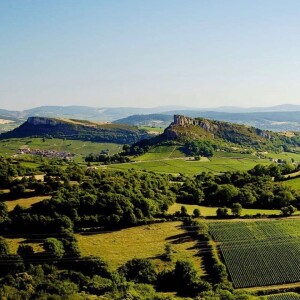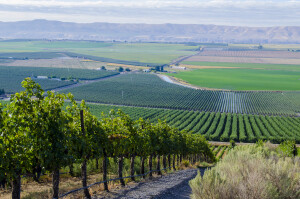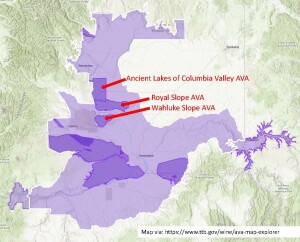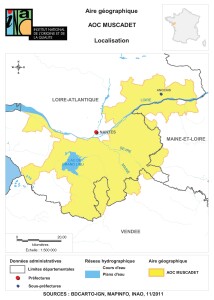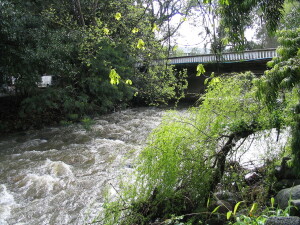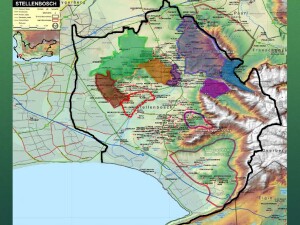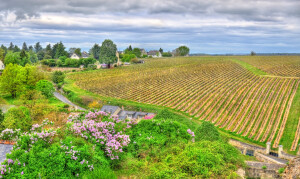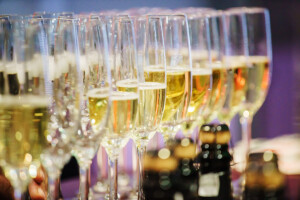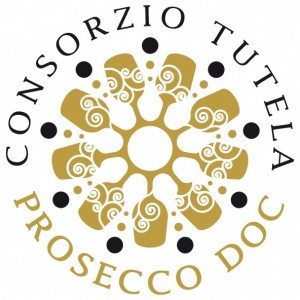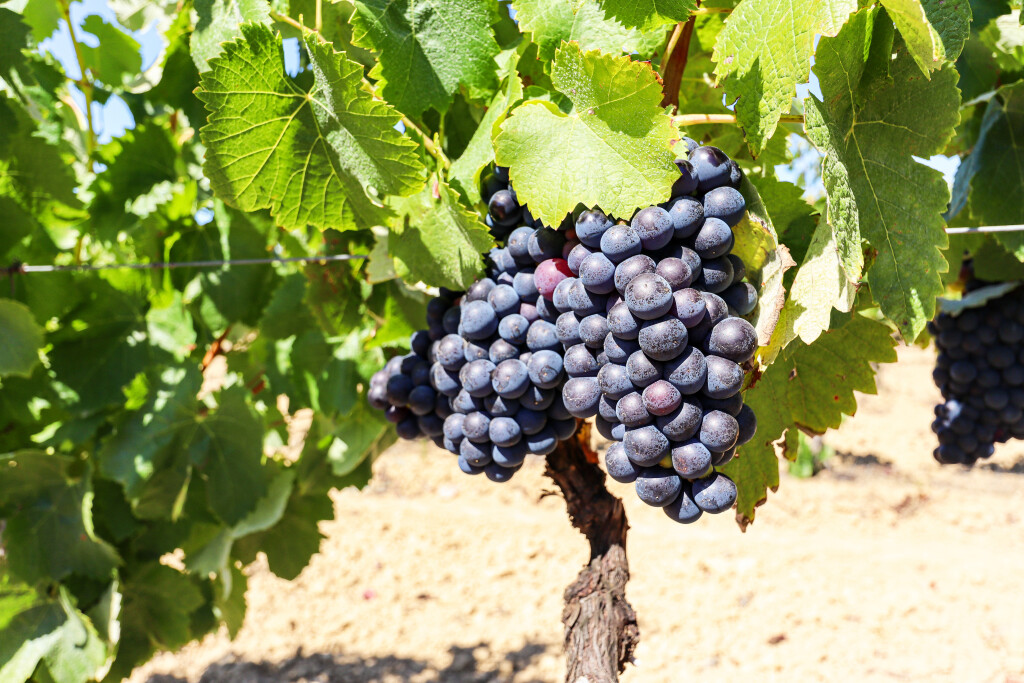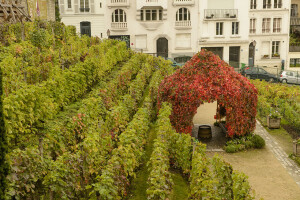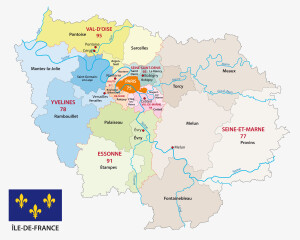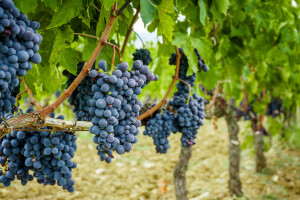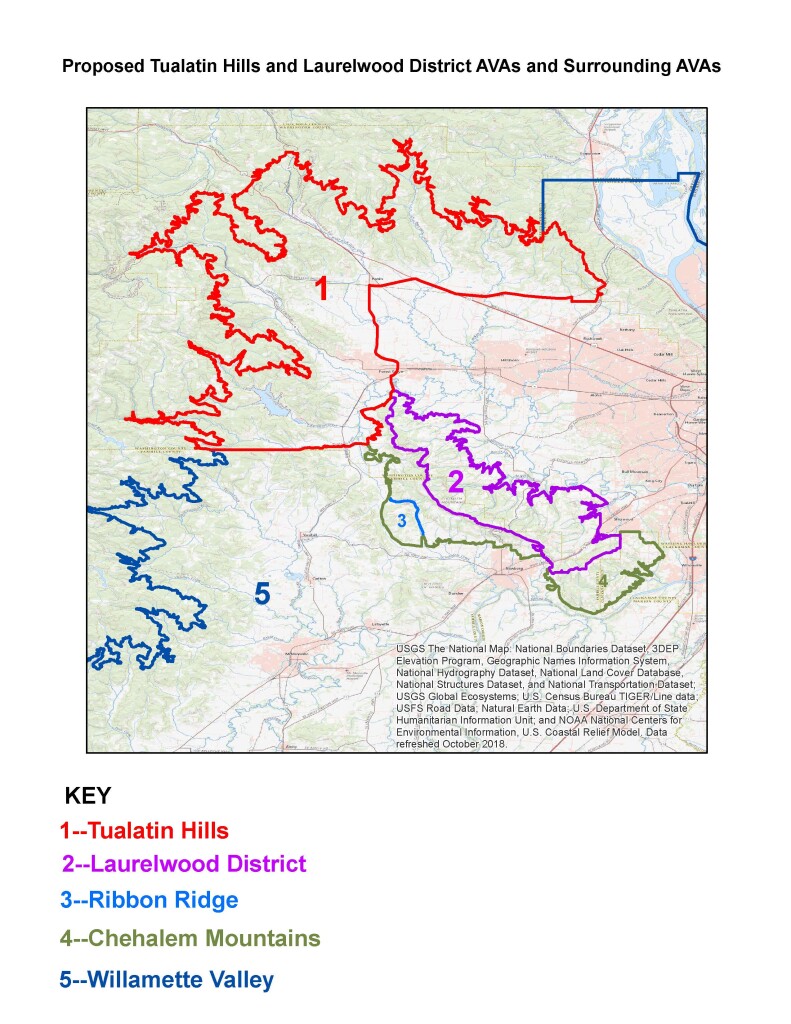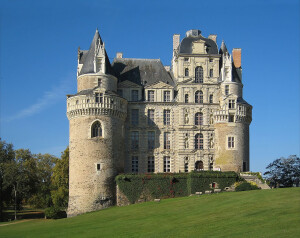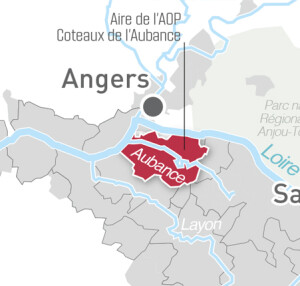More than 12 years after the beginning of the process, the Pouilly-Fuissé AOC has 22 official premier crus!
As reported by Frédéric-Marc Burrier, president of the Union des Producteurs de Pouilly-Fuissé, the application process for France’s newest premier cru appellations began with an in-depth study of the soil, topography, and history of the Pouilly-Fuissé area. This part of the project included creating a detailed map of the appellation’s 217 lieux-dits and the painstaking delineation of the 22 plots that would hold the area’s highest classification (all of which had to be approved by the organization’s 250 member-producers).
The application was approved by France’s Institut National de l’Origine et de la Qualité (INAO) on September 3, 2020. The newly-approved premier crus represent 194 hectares—24% of the total area of the Pouilly-Fuissé AOC—and are spread over the four communes of the appellation: Chaintré, Fuissé, Solutré-Pouilly and Vergisson.
The Pouilly-Fuissé AOC, famous for white wines made using 100% Chardonnay, is located in Burgundy’s Mâconnais region. Pouilly-Fuissé is one of the five well-known, white-wine producing communal AOCs of the Mâconnais. (For the wine students: the others include the Viré-Clessé, Saint-Véran, Pouilly-Vinzelles, and Pouilly-Loché AOCs.)
Pouilly-Fuissé is the first appellation of the Mâconnais to officially recognize specific climats as premier crus. The list is as follows:
- Commune de Chaintré
- Le Clos de Monsieur Noly
- Les Chevrières
- Aux Quarts
- Le Clos Reyssier
- Commune de Fuissé
- Le Clos
- Les Brulés
- Les Ménétrières
- Les Reisses
- Les Vignes Blanches
- Les Perrières
- Vers Cras (shared with Solutré-Pouilly)
- Commune de Solutré-Pouilly
- La Frérie
- Le Clos de Solutré
- Au Vignerais
- En Servy
- Aux Bouthières
- Aux Chailloux
- Pouilly
- Vers Cras (shared with Fuissé)
- Commune de Vergisson
- Les Crays
- La Maréchaude
- Sur la Roche
- En France
Update: As of April of 2021, this amendment was approved by the EU.
References/for more information:
- CdC Pouilly-Fuissé updated 2020
- Communique de Pressé-Pouilly-Fuissé-INAO
- Union des Producteurs de Pouilly-Fuissé
- Announcement on the website of the INAO regarding Pouilly-Fuissé AOC Premiers Crus
Post authored by Jane A. Nickles…your blog administrator: jnickles@societyofwineeducators.org
